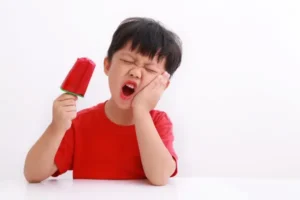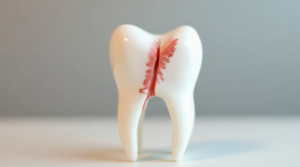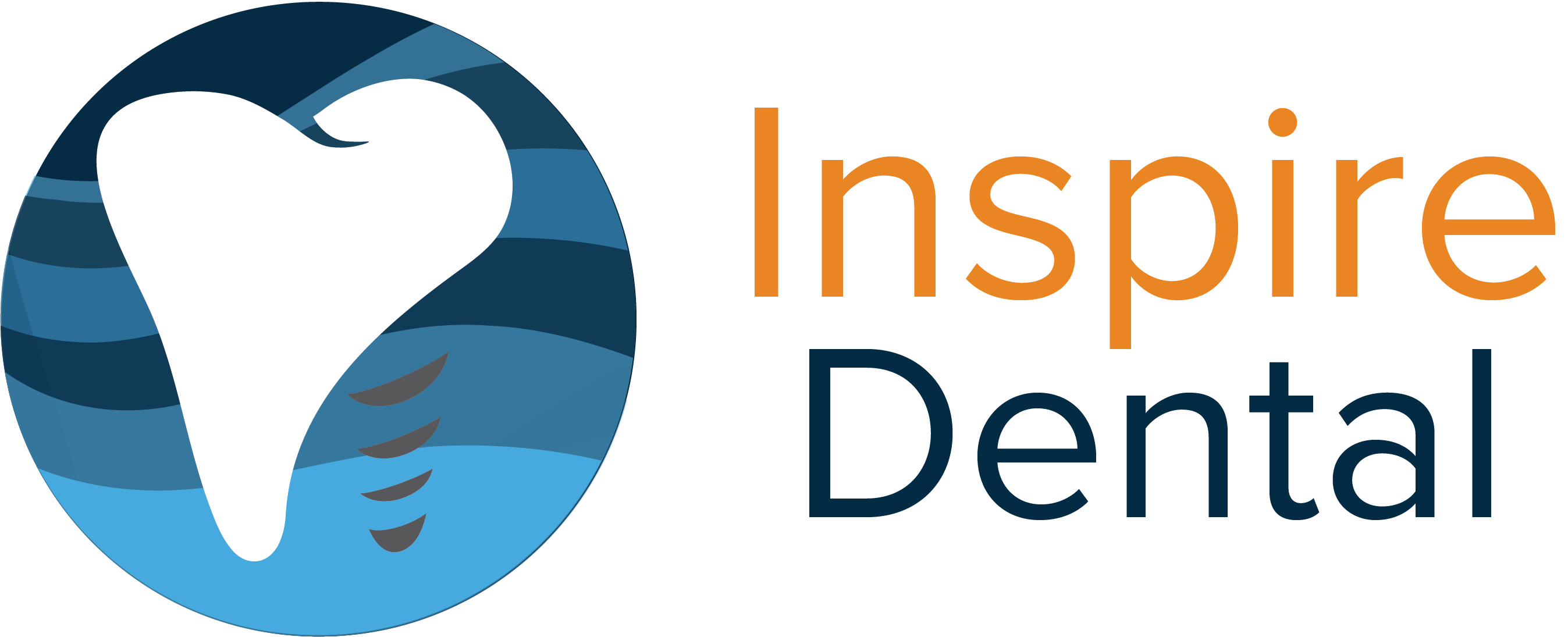Pediatric dental emergencies can happen when you least expect them. Knowing what to do can help you stay calm and help your child feel better. Whether it’s a toothache or a knocked-out tooth, being prepared is key.
Key Takeaways
- Act quickly in a pediatric dental emergency to save the tooth and relieve pain.
- Always keep a dental emergency kit at home.
- Visit a dentist as soon as possible for proper care.
- Teach your child about dental safety to prevent accidents.
- Stay calm and reassure your child during emergencies.
What Are Pediatric Dental Emergencies?

Pediatric dental emergencies are situations that need quick care for kids’ teeth. These can include toothaches, broken teeth, or injuries to the mouth. Understanding these emergencies helps you respond fast.
Common Types of Pediatric Dental Emergencies
| Type of Emergency | Description | Immediate Action |
|---|---|---|
| Toothaches | Pain from cavities, infections, or gum issues. | Rinse with salt water and see a dentist. |
| Knocked-out Teeth | The permanent tooth is completely displaced. | Handle by the crown and visit a dentist immediately. |
| Broken Teeth | Fractures due to trauma or hard foods. | Rinse your mouth and apply a cold compress. |
| Injuries to the Mouth | Cuts or bruises from accidents. | Apply pressure and seek medical help if necessary. |
What to Do When Your Child Has a Toothache

Toothaches can be tricky. They can be caused by cavities or gum problems. If your child has pain, here’s what to do:
- Rinse with Salt Water: Mix a teaspoon of salt in warm water. Let your child rinse their mouth to reduce swelling.
- Cold Compress: Apply a cold compress to the outside of the cheek. This can help numb the pain.
- Over-the-Counter Pain Relief: Give your child age-appropriate pain relief if needed.
- Visit the Dentist: Make an appointment with the dentist as soon as possible.
Additional Tips for Managing Toothaches
- Keep Your Child Hydrated: Ensure they drink plenty of water.
- Avoid Certain Foods: Steer clear of sugary and crunchy foods that can exacerbate the pain.
- Encourage Gentle Brushing: Ensure your child brushes their teeth gently without aggravating the sore area.
Dealing with Knocked-Out Teeth
When a tooth gets knocked out, it can be scary. Here’s how to handle it:
- Stay Calm: Your child will look to you for comfort.
- Find the Tooth: Look for the lost tooth. Pick it up by the crown, not the root.
- Rinse the Tooth: Gently rinse it with milk or saline solution. Do not scrub it.
- Reinsert the Tooth: If you feel comfortable, try to place the tooth back in the socket. If not, keep it in milk or saline.
- Get to the Dentist: Go to the dentist right away. Timing is important to save the tooth.
What to Do When a Tooth Is Cracked or Broken

A cracked or broken tooth can hurt and be confusing for kids. Here’s how to help:
- Rinse the Mouth: Use warm salt water to clean the area.
- Find the Piece: If a part of the tooth broke off, find it if possible.
- Cold Compress: Use a cold pack on the cheek to reduce swelling.
- See the Dentist: Contact your dentist immediately for advice.
Injuries to the Lips, Tongue, or Cheeks
If your child bites their lip or tongue, it might bleed. Here’s what to do:
- Apply Pressure: Use a clean cloth to apply gentle pressure to stop the bleeding.
- Cold Compress: This can also help with swelling.
- Check for Serious Injuries: If the cut looks deep or won’t stop bleeding, visit a doctor.
Preventing Pediatric Dental Emergencies
While you can’t prevent accidents, you can teach your child how to avoid them:
- Wear Mouthguards: If your child plays sports, make sure they wear a mouthguard.
- Watch What They Eat: Hard candies and ice can break teeth. Teach them to chew carefully.
- Good Oral Hygiene: Brushing and flossing daily helps prevent cavities.
Building a Pediatric Dental Emergencies Kit
Having a pediatric dental emergency kit at home is helpful. Here’s what to include:
- Dental floss: For cleaning between teeth.
- Salt: To make saltwater rinses.
- Cold pack: For swelling.
- Pain relief: Age-appropriate products for relief.
- Contact information: Keep the dentist’s number handy.
| Item | Purpose | Quantity Recommended |
|---|---|---|
| Dental Floss | To remove food particles | 1-2 packs |
| Salt | For saltwater rinses | 1 container |
| Cold Pack | To reduce swelling and pain | 2 packs |
| Pain Relief | For managing discomfort | As needed |
Important Questions Parents Ask
How can I tell if my child needs emergency dental care?
If your child has severe pain, a knocked-out tooth, or a serious injury, it’s time to seek emergency care. If you’re unsure, call your dentist for guidance.
What should I avoid giving my child during a dental emergency?
Avoid giving your child food or drinks until you know what kind of dental care they need.
How can I prepare my child for a dental visit?
Talk to your child about what to expect. Keep it positive. Explain that the dentist is there to help.
What if my child has a pediatric dental emergency after hours?
If your child has a serious issue after hours, go to an emergency room or call your dentist’s emergency line if they have one.
Conclusion
Pediatric dental emergencies can be stressful, but knowing what to do makes a big difference. Always stay calm and act fast. Keeping a dental emergency kit at home and teaching your child about safety can help prevent many problems. If an emergency happens, remember to talk to your dentist right away. They are there to help you and your child.
Taking care of your child’s teeth is important. You can visit our website or contact us. A healthy smile helps them feel good and boosts their confidence. Stay informed, stay prepared, and keep those smiles shining bright!
